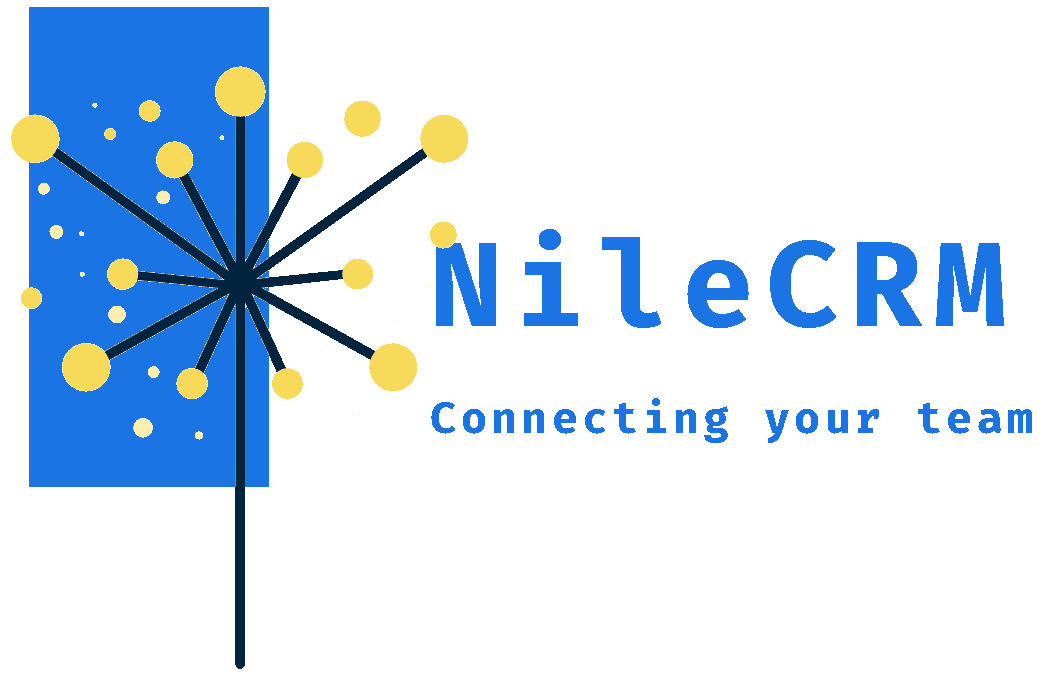The pharmaceutical industry is highly competitive and fast-paced, requiring companies to continuously adapt, analyze data, and take strategic actions to stay ahead. For sales teams, success goes beyond just achieving targets—it involves building strong relationships with healthcare professionals (HCPs) and optimizing every customer interaction.
This is where Sales Force Effectiveness (SFE) tools play a critical role. By integrating data-driven insights, automation, and performance tracking, SFE tools empower pharmaceutical sales teams to enhance productivity, improve engagement, and drive business growth.
What Are SFE Tools?
SFE tools are specialized solutions designed to enhance the performance and productivity of sales teams. They provide managers and representatives with the necessary insights, automation, and analytics to make informed, data-driven decisions. These tools include:
- Customer Relationship Management (CRM) platforms streamline customer interactions and track engagement.
- Advanced Data Analytics & Visualization (e.g., Power BI, Tableau) – transform raw data into actionable insights.
- AI & Predictive Analytics—forecast sales trends and optimize resource allocation.
- E-learning & Sales Training Platforms—identify skill gaps and enhance sales team capabilities.
Key Benefits of SFE Tools in Pharma
1. Data-Driven Targeting
A leading pharmaceutical company used an advanced CRM system to segment healthcare professionals (HCPs) based on prescribing behavior. This targeted approach allowed sales teams to prioritize high-value physicians, significantly boosting prescription rates and optimizing resource allocation.
2. Smarter Decision-Making with Analytics
Data is the backbone of pharmaceutical sales. From market trends to physician preferences, SFE tools consolidate valuable insights, enabling sales teams to:
✔ Identify high-potential opportunities.
✔ Optimize call planning and resource allocation.
✔ Make data-backed strategic decisions.
3. Real-Time Performance Monitoring
SFE tools, combined with dashboards like Power BI, enable managers to track Key Performance Indicators (KPIs) in real time. This transparency helps sales teams:
🔹 Identify underperforming territories.
🔹 Improve sales strategies through data-driven adjustments.
🔹 Enhance accountability and goal alignment.
4. Personalized Customer Engagement
A global pharmaceutical company implemented AI-powered SFE tools to analyze customer preferences and personalize communication with HCPs. By delivering relevant and timely information, they strengthened physician relationships, increased engagement, and fostered brand loyalty.
5. Continuous Training & Skill Development
SFE tools help companies assess sales team competencies and provide personalized training programs. This ensures that MRs remain:
✔ Up-to-date with medical advancements.
✔ Skilled in persuasive selling techniques.
✔ Compliant with industry regulations.
6. Digital Transformation & Market Adaptation
A pharmaceutical firm integrated AI-driven analytics into its SFE strategy, allowing it to predict market trends, competitor moves, and customer behavior. This forward-thinking approach enabled the company to stay ahead of market shifts and gain a competitive edge.
Conclusion: SFE Tools as a Competitive Necessity
In today’s rapidly evolving pharmaceutical landscape, investing in SFE tools is not optional—it’s essential. Companies that embrace these tools gain the ability to:
- Optimize sales strategies through data-driven insights.
- Enhance customer engagement with personalized interactions.
- Ensure sustainable growth by adapting to market changes.
To remain competitive, pharmaceutical companies must assess their current sales effectiveness strategies and integrate the right SFE tools. Those that leverage innovation, technology, and analytics will lead the market—while those that resist change risk falling behind.











